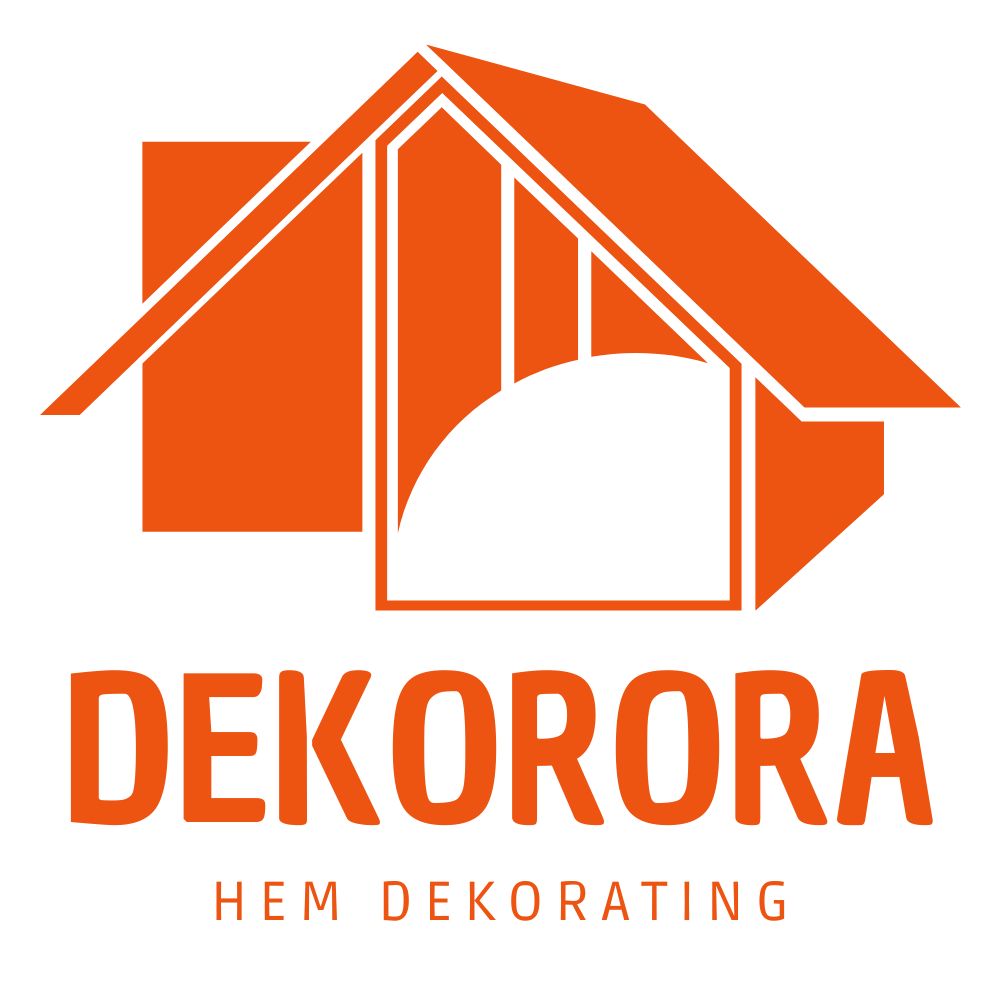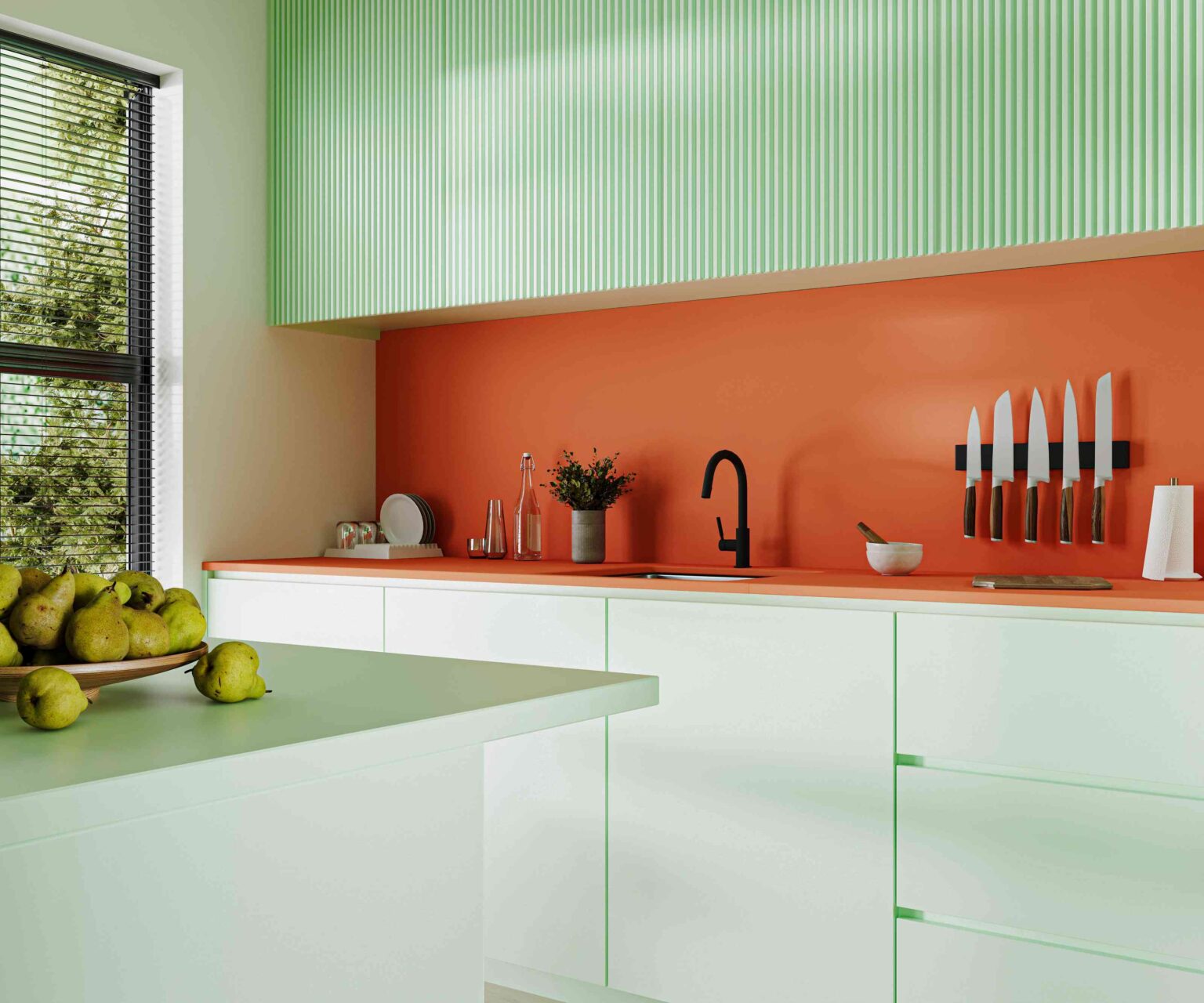Anyone who has ever embarked on a kitchen renovation knows just how quickly the costs can pile up—and replacing your kitchen countertops can be one of the priciest endeavors.
But it’s not always necessary. Whether you’re tired of your current color scheme or you’re battling a drab and dated space, you might be able to avoid replacing your kitchen countertops by giving them new life with paint.
We turned to the excerpts to find out what to consider before embarking on this kitchen-changing endeavor.
Meet the Expert
- Carr Lanphier is a house painting pro and the CEO of Improovy house painting company.
- Anthony Kulikowski is a professional painter and the owner of Five Star Painting.
Can You Paint Kitchen Countertops?
In a word, yes, you absolutely can paint kitchen countertops. But you can’t paint all kitchen countertops. Some materials will not cope well with being painted and still functioning as a workspace.
“Keep in mind this may not be as durable as a factory-finished surface,” says professional painter Anthony Kulikowski. “Over time, the painted countertops will need resealing and touch-ups.”
In the end, it all comes down to your current countertop material, as well as your end goals for your kitchen.
Want more design inspiration? Sign up for our free daily newsletter for the latest decor ideas, designer tips, and more!
Countertops You Can Paint

zoranm / Getty Images
Wood Counters
Wooden counters, such as butcher’s block or oak worktops, can definitely be painted. It just requires some preparation first.
“Clean the surface thoroughly, sand it for better adhesion, apply a strong bonding primer, use a durable countertop paint or epoxy, and seal it with a clear topcoat for longevity,” Kulikowski says.
Laminate Counters
According to house painting pro Carr Lanphier, laminate counters are one of the best candidates for painting your countertops. The trick here is to sand down the finish before priming your surface.
“Giving it a pass with some sandpaper ahead of time can really help your longer term results here,” says Lanphier.
Tile Counters
Much like laminate counters, Lanphier says most tile counters can be painted. However, sanding is once again advised before tackling this job—and you might want to consider how that will affect the look of your tiles.
“Anything with that kind of slick or smooth finish on it is going to be tough for your primer and your paint to stick to long term,” says Lanphier.
Countertops You Should Not Paint

Brizmaker / Getty Images
Marble Counters
Lanphier says you absolutely should not paint your marble counters, because it’s unlikely you’ll be satisfied with the outcome in the long-term.
“The surface is too smooth to really get paint to adhere, and if it does it’s still going to be too easy to scratch or peel off to make sense in a kitchen,” says Lanphier.
If you’re really struggling with your marble counter, hiring a pro to come and clean and polish might be a better choice than painting.
Quartz Counters
Much like marble, Lanphier says painting a quartz countertop is rarely advised.
“It’s technically possible, but it’s just not going to look as smooth and polished as it will with a surface like laminate, and it’s not likely to last as long either,” he says.
If you’re truly struggling with your quartz counters, your best bet might be to either replace the worktop entirely, or focus on upgrading other parts of your kitchen to draw the eye and set the aesthetic instead.
Granite Counters
Granite is yet another countertop whose surface is too smooth to paint effectively.
“Mostly, the downside to painting is going to be a rough finish or paint that doesn’t last,” he says. “I’d say this goes for all the common types of stone counters.”
As with marble and quartz, your options for upgrading granite are limited. You can give your stone a proper deep clean and polish, or consider replacing entirely.
How to Paint Kitchen Countertops
- Clean the surface. Clean your counters before you sand; you want to start from the cleanest place possible.
- Sand the countertops. This step is crucial for bonding the paint to the countertop surface.
- Apply a strong bonding primer. Use a strong bonding primer. This will help keep your paint job looking fresh, despite being a high-traffic area.
- Use food safe paint. Food safe paint is a must and this means fully curing your paint. “I’d recommend going with an oil based paint,” Lanphier says.
- Seal with epoxy. To ensure your paint job lasts as long as possible, seal it in with an epoxy top coat. “Once fully cured, epoxy is considered food-safe,” Lanphier says.
- Allow paint to cure. Before using your counters and allowing food to touch the surface directly, it’s important to allow your paint and top coat to fully cure. This can take up to a week or even more, so be prepared to wait.


